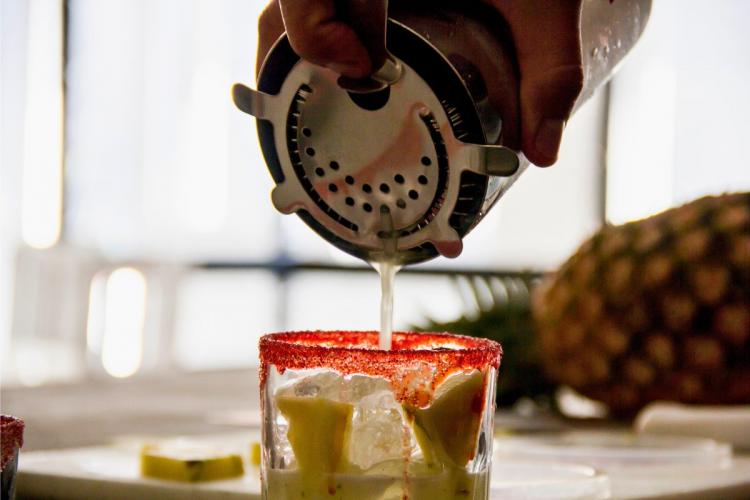A little history of mixology
Mixology, often considered both an art and a science, is the skillful practice of crafting mixed drinks or cocktails.
While the term "mixology" is relatively modern, the art of mixing drinks dates back centuries. The roots of mixology can be traced to the early days of distilled spirits. As these spirits began to spread across the globe, people started experimenting with various additives to enhance their flavors, leading to the birth of the cocktail.
The true genesis of mixology as we know it began in the 1800s, particularly in the United States and parts of Europe. This era saw the emergence of the "cocktail" as a specific type of drink - a mixture of spirits, sugar, water, and bitters. The publication of Jerry Thomas' "Bartenders Guide" in 1862, often cited as the first bartending book, marked a significant milestone in the history of mixology. Thomas' book not only provided recipes but also elaborated on techniques and presentation, laying the groundwork for modern mixology.
The Prohibition era in the United States (1920-1933) ironically played a crucial role in the development of mixology. With alcohol being illegal, the demand for bootlegged spirits skyrocketed. These spirits were often of poor quality, leading bartenders to get creative with various ingredients to mask the harsh flavors. This period saw the birth of many classic cocktails and significant innovation in the field.
Post-Prohibition, mixology experienced a renaissance, with the mid-20th century being hailed as the "Golden Age" of cocktails. This era was characterized by elegance and sophistication in cocktail crafting, with a focus on balanced flavors and refined presentation.
The evolution of cocktails and their cultural significance
Cocktails have evolved significantly over the years, reflecting changes in society, culture, and tastes. From the simple concoctions of the early 19th century to the elaborate and often theatrical creations of the 21st century, cocktails have continually adapted to the times.
The latter half of the 20th century saw a decline in the art of mixology, with a shift towards quicker, simpler drinks, often made with pre-mixed ingredients. However, the late 1990s and early 2000s witnessed a resurgence of interest in classic mixology, with bartenders rediscovering old recipes and techniques, and putting a modern twist on them. This "Cocktail Renaissance" has led to a new golden age of mixology, characterized by a focus on quality ingredients, artisanal spirits, and meticulous attention to detail.
Cocktails have also played a significant role in popular culture, symbolizing sophistication and luxury in movies, literature, and television. Iconic figures like James Bond and his preference for a "shaken, not stirred" Martini have cemented the cocktail's status as a symbol of style and refinement.
Moreover, cocktails have been a medium of socialization and celebration. From the speakeasies of the Prohibition era to the cocktail parties of the 1950s and the trendy bars of today, cocktails have facilitated social interactions and become integral to various social rituals and gatherings.
The history and evolution of mixology are as rich and colorful as the cocktails it produces. From its humble beginnings to its current status as a sophisticated and respected craft, mixology has not only adapted to changing times but has also influenced them, reflecting and shaping social trends and cultural preferences. As we continue to explore and innovate in the world of cocktails, we pay homage to a tradition that is deeply rooted in history yet constantly evolving.

